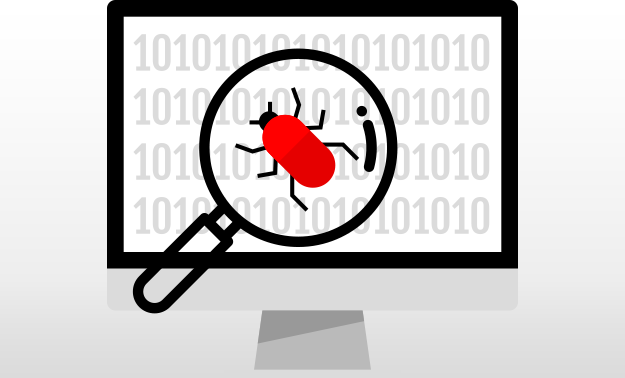The exercise of performing test conditional analysis is very simple;
Step 1: Review a user story (Requirement) and start asking questions about the testability of the requirements.
- Where these questions have answers within the user story or acceptance criteria, sort them in a bucket called – “The Known Bucket.”
- Questions that do not have clear answers in the acceptance criteria, sort them in a bucket called – “The Uknown Bucket”
Step 2: Iterate with the product owner and review & strengthen the acceptance criteria in light of the questions in “The Uknown Bucket,” with the intent to empty this bucket as much one can within a reasonable time frame. The unresolved questions then can be either moved into the backlog, lest they become bugs in later stages.
Step 3: Articulate the contents of “The Known Bucket,” in the form of test conditions, if they weren’t already done so in step 1.
Step 4: Share the test conditions, which are nothing but permutations and combinations of user paths for developers to use in their test-driven development practice.
The above technique described is considered level 1 of Test Conditional Analysis. For in-depth Test conditional analysis, refer to our follow-up article, “Test Condition development – How to perform a deep analysis” or, “30 Test conditions in 10 minutes.” or “Rapid Test Conditional Analysis”


